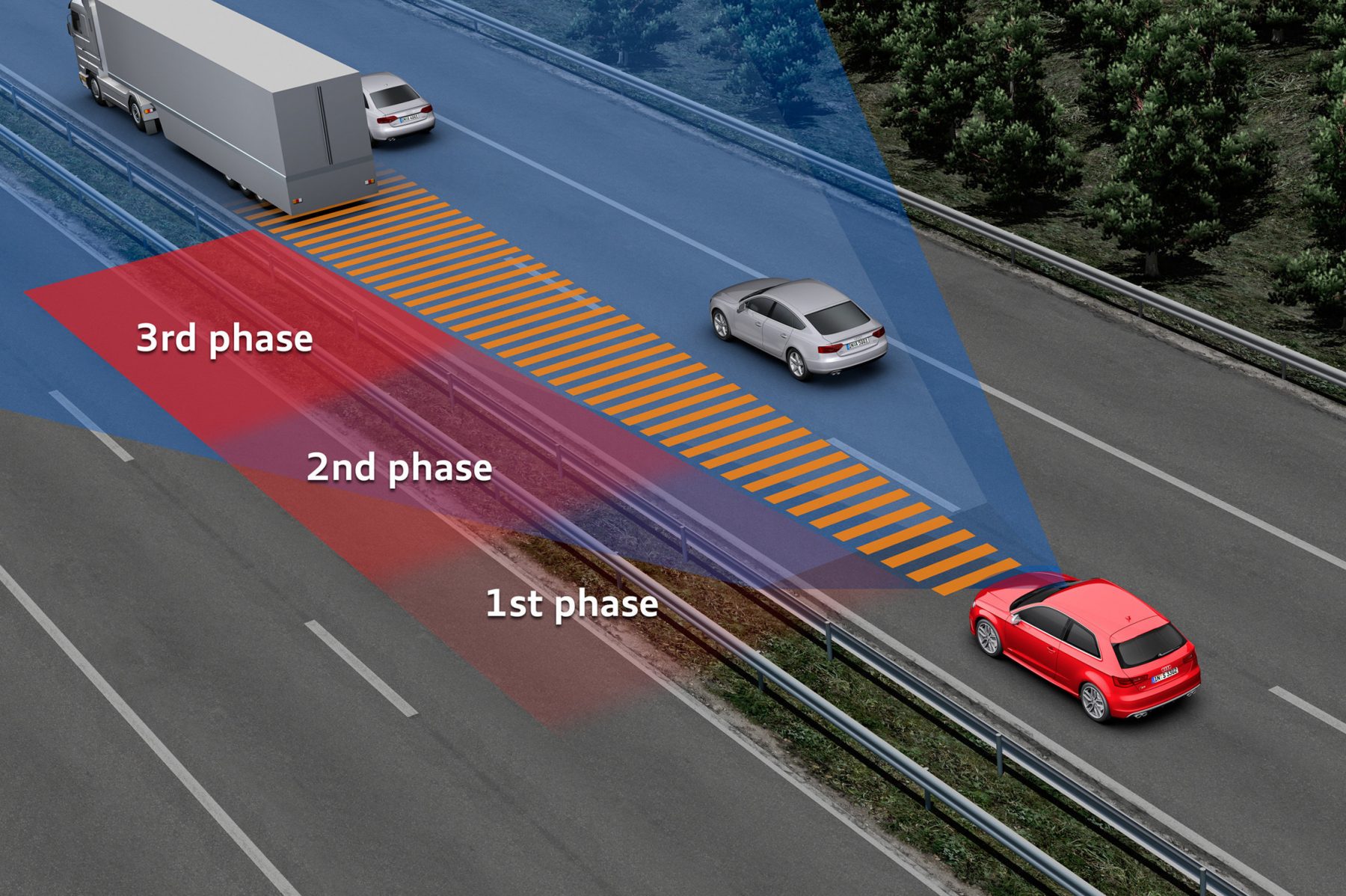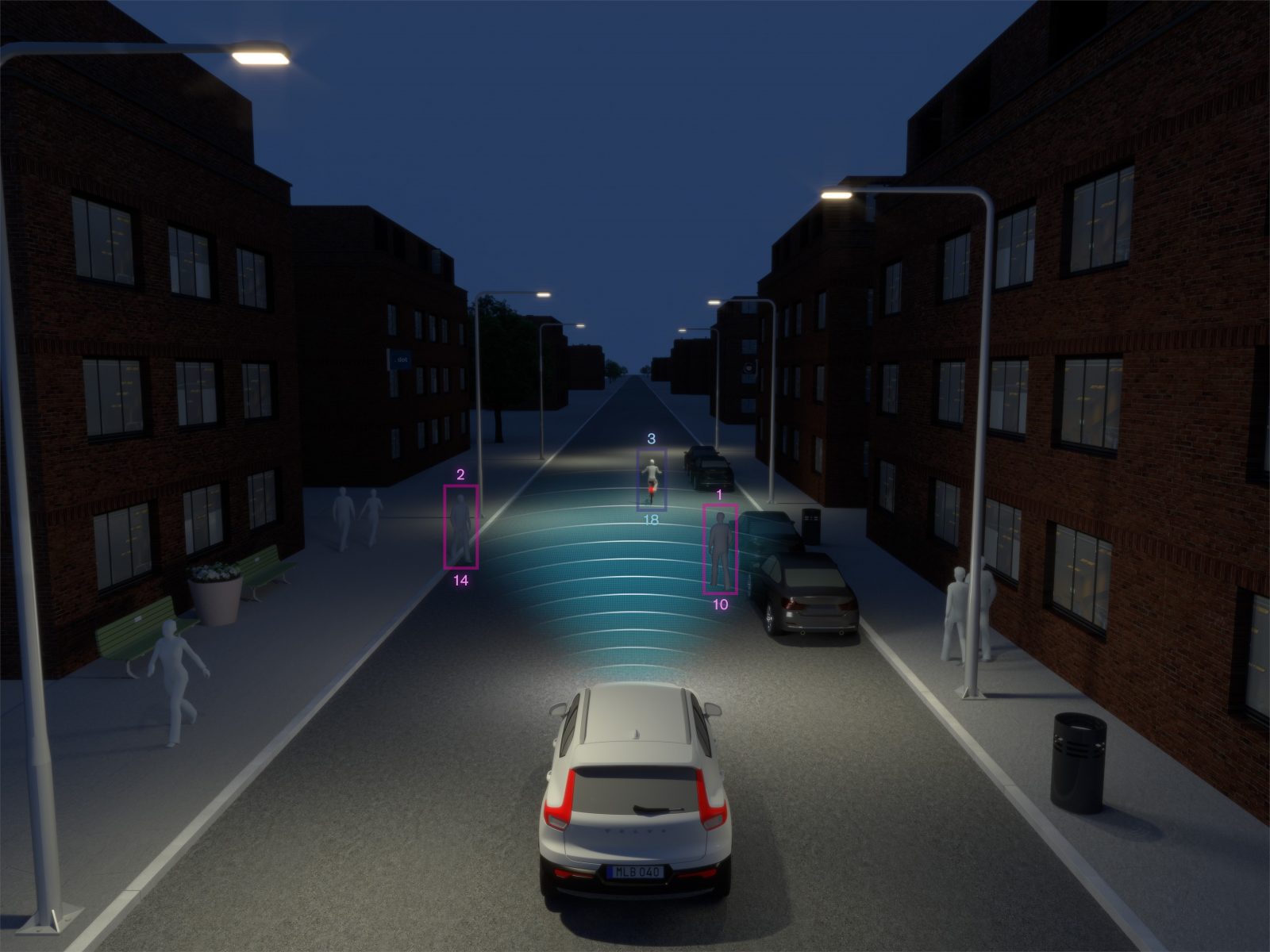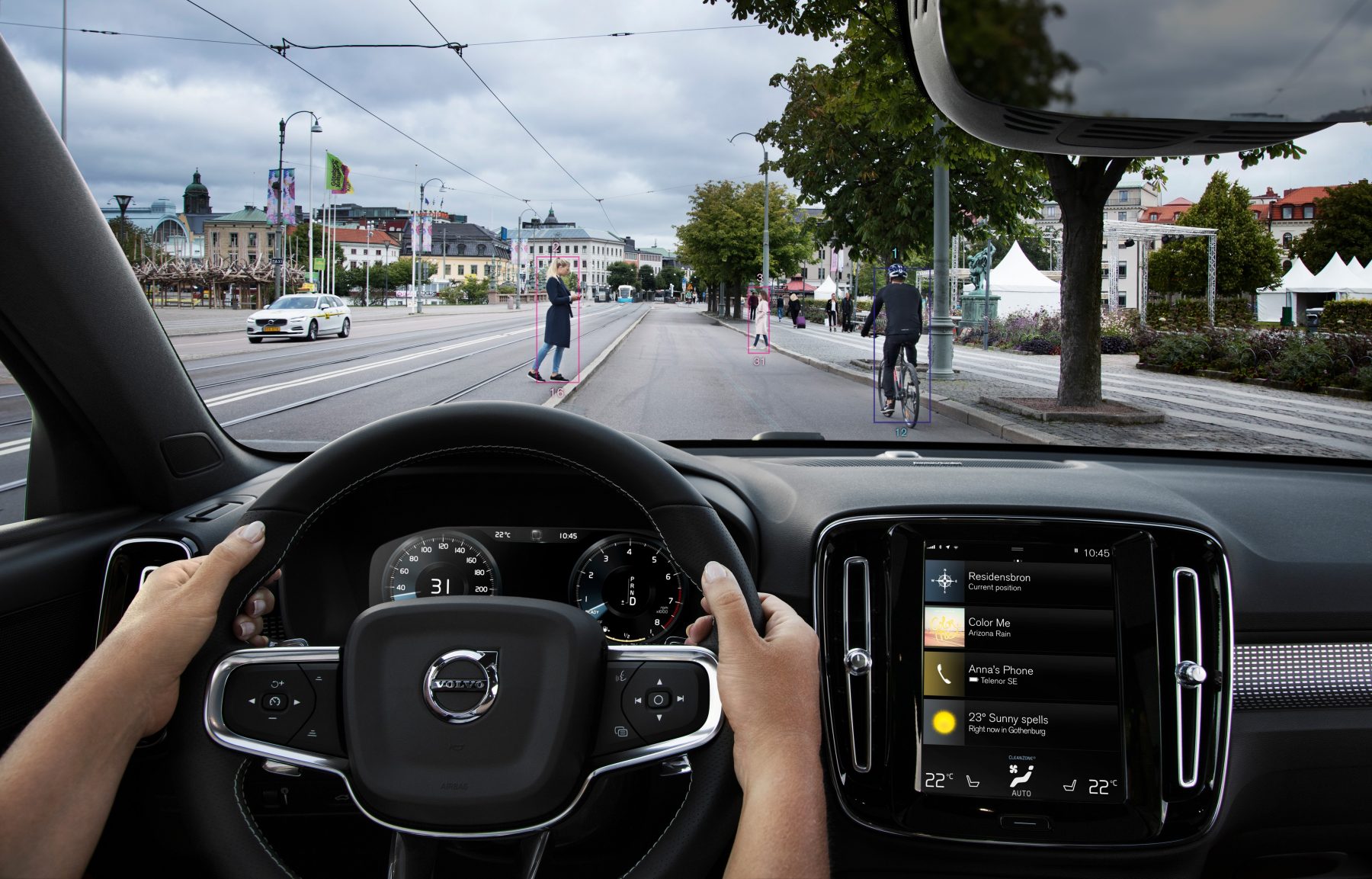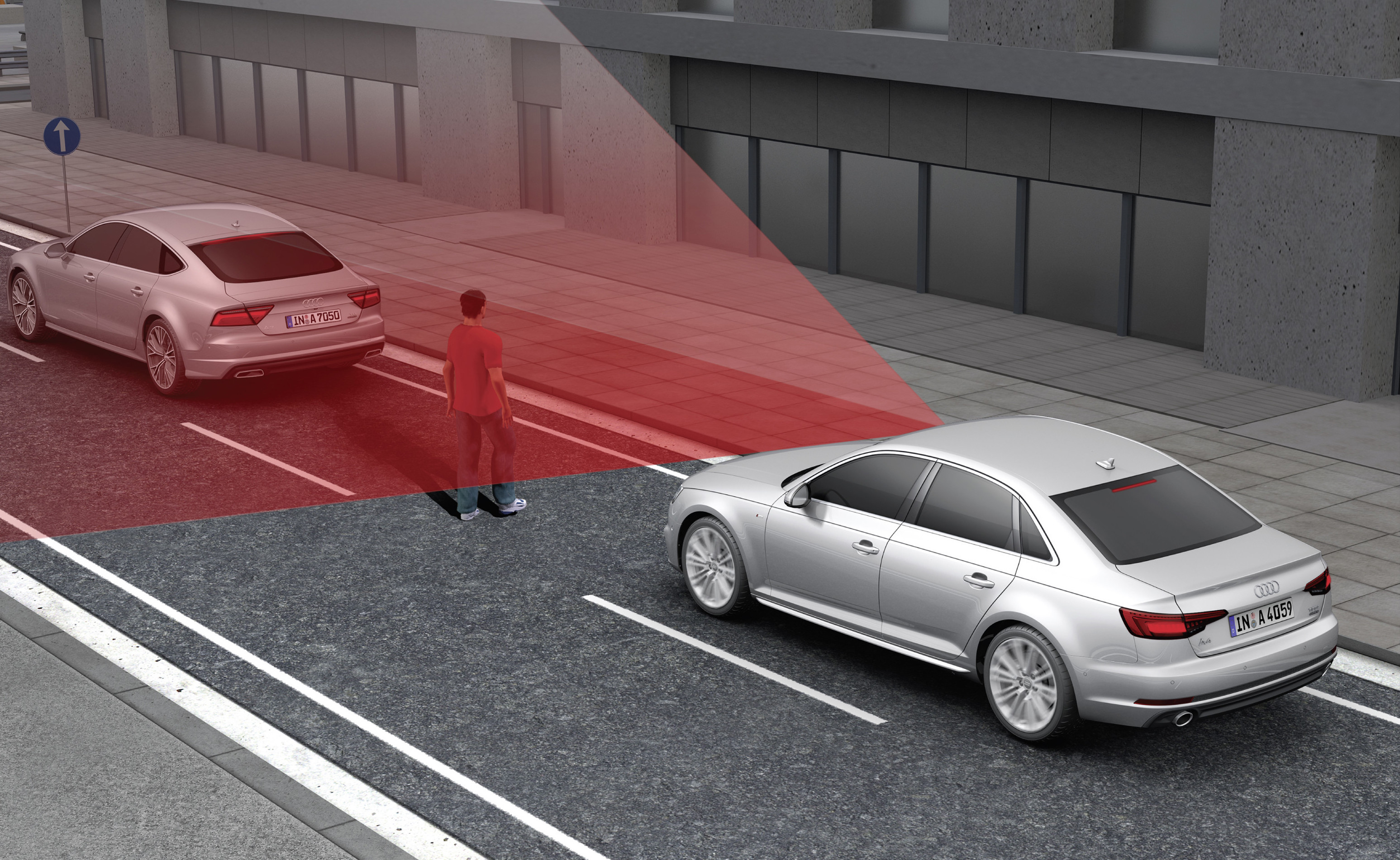Of all the scary acronyms listed under ‘safety’ on a car’s specification sheet, there’s one that’s rather more useful than the rest. That acronym is AEB, and it stands for autonomous emergency braking.
The descriptive name tells you most of what you need to know. Autonomous emergency braking is designed to bring a car to a stop, or at least slow it down significantly if it detects that a collision is imminent and the driver hasn’t reacted.
It’s a system that’s becoming more common on modern cars, but how exactly does it function? We reveal all…
What is AEB?
 AEB refers to a collection of components which are capable of braking for the driver in an emergency situation. It consists of actuators to apply the brakes, a set of scanners – cameras, lasers or radars – to ‘see’ the road ahead, and a computer to decipher which objects constitute threats and which ones don’t.
AEB refers to a collection of components which are capable of braking for the driver in an emergency situation. It consists of actuators to apply the brakes, a set of scanners – cameras, lasers or radars – to ‘see’ the road ahead, and a computer to decipher which objects constitute threats and which ones don’t.
The only part of the system you’ll see is the scanner setup – usually positioned in the front grille or behind the rear-view mirror. These locations give the best view of the road ahead, and ensure that the system can ‘see’ as far as possible.
AEB systems usually detect objects long before they become a threat. Say you’re following another car in traffic – the AEB system will more than likely know it’s there. If that car stops, however, and you continue moving towards it, then it becomes a threat.
The AEB system won’t apply until the last possible moment. It’s not there to take over braking for the driver – it’s there to prevent a collision if the driver’s incapacitated, distracted, or unable to stop the car themselves. For that reason, it usually applies as much braking force as possible without locking up the wheels. You’ll definitely notice when AEB’s engaged.
How does it work?
 Early AEB systems used laser scanners, and were limited to a short range of vision in front of the car. For that reason, they usually only operated at low speeds of below 30mph.
Early AEB systems used laser scanners, and were limited to a short range of vision in front of the car. For that reason, they usually only operated at low speeds of below 30mph.
These scanners were also incapable of detecting smaller objects, so wouldn’t necessarily avoid a collision with a cyclist or pedestrian.
Thankfully, radar and camera scanning systems have improved AEB beyond recognition. Today’s systems are very clever indeed, and as well as being able to detect and differentiate between solid objects, cars, cyclists, pedestrians and even animals, they can work all the way up to motorway speeds.
Most systems use a combination of a camera and radar, with a few exceptions – such as Subaru’s Eyesight – using a stereo camera setup instead. The technologies allow AEB systems to place an object accurately in space, and then monitor its progress. The computer can then use algorithms to figure out if that object will become a threat to the car.
AEB systems are now so commonplace that Euro NCAP tests them separately in its crash safety assessments.
Do I need AEB?
 If you have an older car, you’re flat out of luck – AEB can’t be retrofitted. For those buying a newer car, it’s definitely a box worth ticking.
If you have an older car, you’re flat out of luck – AEB can’t be retrofitted. For those buying a newer car, it’s definitely a box worth ticking.
AEB’s often part of a larger ‘safety pack’, if it’s not fitted as standard – so while it may be pricey, it can include items such as lane-departure warning and blind-spot monitoring. It’s pretty easy to make the case that any additional safety systems are ‘worth it’ – but in the case of AEB, it’s especially true.
AEB has been proven to reduce injuries and save lives. The University of Adelaide in Australia’s research concluded that AEB could reduce fatal crashes by as much as 25 per cent, and crashes where injury occurred by 35 per cent.
Even avoiding a small rear-end collision with AEB could save you the cost of the system in insurance and repair costs alone. It’s for these reasons we recommend specifying AEB wherever possible – and why organisations such as Euro NCAP and Thatcham research are lobbying manufacturers to introduce it as standard equipment on all cars.

